Flower Meanings
Poppy
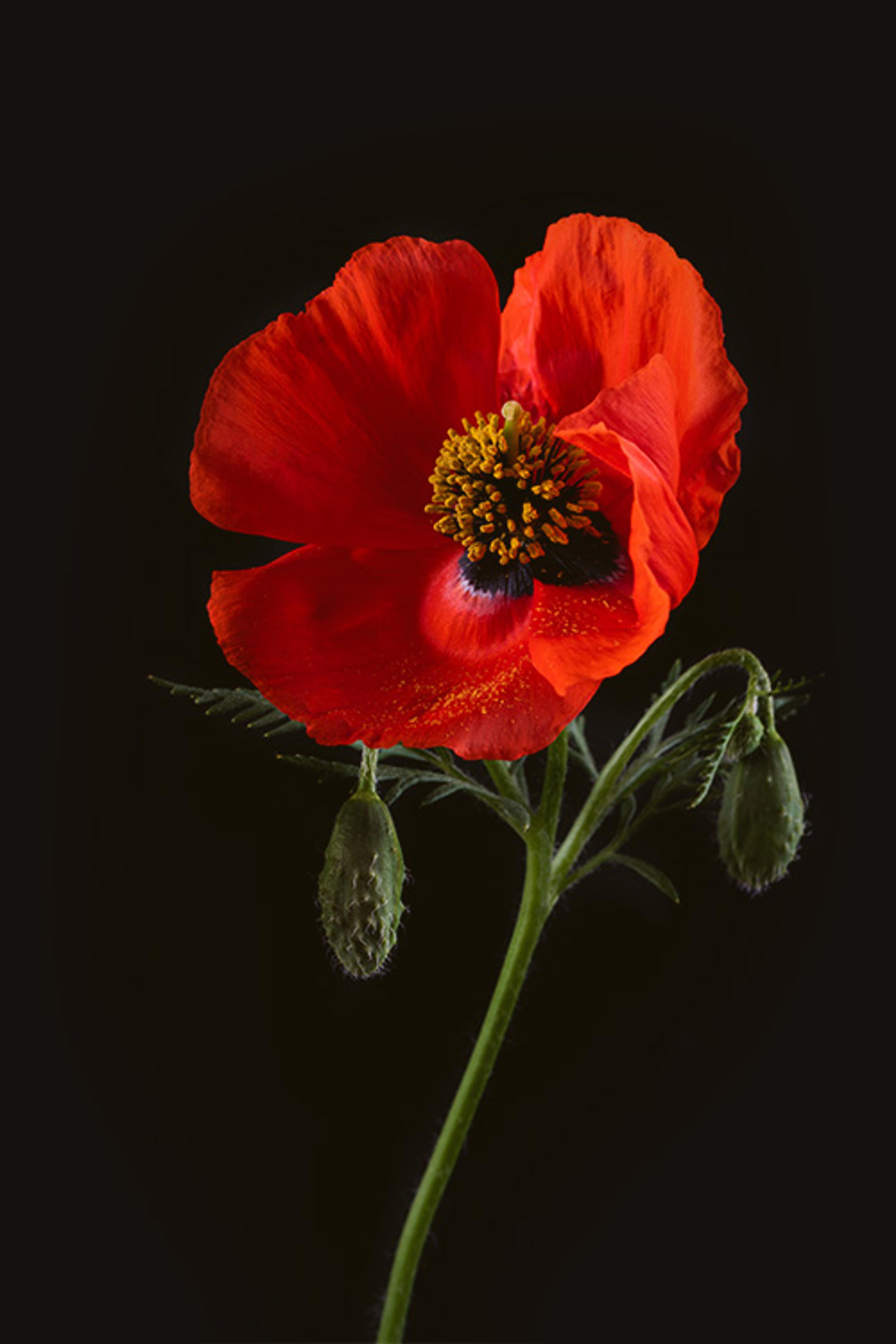

The Meaning of Poppies
Poppies have plenty of meanings throughout many different cultures.
- Restful sleep and recovery
- Consolation for a loss or death in the family
- Remembering the fallen of various wars and armed conflicts
- A lively imagination
- Peace in death
- Messages delivered in dreams
- Resurrection and eternal life
- Beauty and success
- Extravagance and luxury
While its symbolism varies from country to country, there are still some common denominators we can dig into!
The poppy is actually one of the most symbolic and widely used flowers in the entire world. That’s a pretty big statement! [2]
Ancient Greek, Egyptian, and Roman societies associated poppies with sleep due to the sap’s sedative effect. In fact, poppies and other hypnotic plants were found in the cave of Hypnos, the Greek god of sleep. Morpheus, the Greek god of dreams, is also commonly linked to poppies, as are Nyx, the god of night, and Thanatos, the god of death. [1]
Speaking of Morpheus, the drug morphine is actually his namesake!
Hypnos and his twin brother Thanatos have been depicted as wearing crowns of poppies in ancient Greek history. It is said that Demeter, the god of war, created the poppy so she could sleep. And in many myths, poppies were used as offerings to the dead. We still see many of this ancient symbolism today! Remember the Wizard of Oz? A magical poppy field almost causes the gang to sleep forever! [3]
The Victorians gave the flower various meanings based off of their individual colors while the Chinese and Japanese recommended poppies for couples, as they can represent a deep and passionate love existing between two people. However, white poppies are tied to death in those cultures as well. The red poppy is traditionally regarded as the flower of remembrance for Europe and North America because of its ties to World War I and II. These vibrant blooms also tend to represent summer because of their large size and cheery colors (and, of course, their season of bloom). [2]
Poppy Color Meanings
The symbolism behind the various colors of poppies have many different meanings attached.
- Red poppies are often linked to death, remembrance, and consolation in the West. However, in the East, they often represent success and love. Quite the jump!
- White poppies are used for funerals and memorials in the East and symbolize sleep and peaceful rest in the West.
- Purple, pink, and blue poppies are linked to imagination, luxury, and success.
What Do Poppies Smell Like?
The poppy is known for its citrusy and slightly sweet notes including cocoa, cherry blossoms, and vanilla. [8]

"Through the dancing poppies stole A breeze, most softly lulling to my soul."
John Keats
The History of the Poppy
As we’ve seen, the poppy has a rich history, outranking most flowers by a landslide. Not only are these blooms incredibly popular and ridiculously beautiful, but they are also well known for their use in the highly addictive drug, opium. Other drugs such as codeine and morphine are also a product of the lovely poppies.
However, the big money-maker, and the reason why poppies are so valuable to the medical community are their use as a painkiller. Products made from the poppy plant have made it one of the most famous flowers throughout history.
The earliest references to actually using poppies are from the ancient land of Sumer. Sumer was located in lower Mesopotamia, now Iraq and Kuwait. Historians believe that Sumerians grew poppy way back in 3,400 B.C.E. and cultivated the blooms for their medicinal and recreational use. In fact, art from the Sumerian region features poppy seed pods in the hands of many Sumerian rulers.
As they utilized the plant, word began to spread quickly to other cultures and civilizations. As word spread, demand began to increase, and it wasn’t long before cross-continent trading of the poppy began. Beginning in Assyria and Ancient Egypt, the poppy eventually became one of the most important and profitable products being transported on the Silk Road that spread across Asia.
The poppy has a substantial war-related history as well. The Opium Wars, perhaps the most significant event in human history caused by a plant, are a considerable part of the poppy’s history.
Following a trading dispute between Great Britain and China, the British began smuggling opium into China for a massive profit. Just under 40 years later, there were over 10 million Chinese opium addicts. Thus, China eventually retaliated against the British resulting in a naval war between the two.
A second war ensued beginning in 1856, with France teaming up with the British to fight against China. And all because of a plant, wild!
Our beautifully vibrant poppies are also commonly known as Remembrance Poppies.
Why might you ask?
Well, during World War I, a battle called the Flanders in France was underway. After the fighting ceased, shallow graves dug and filled, red poppies began to flower in mass amounts in the freshly churned soil.
For all of you poetry fans out there, the blooming of these poppies inspired one of the most famous poems of the era: “In Flanders Field.” Written by a Canadian soldier and poet in the spring of 1915, it quickly became one of the most well-known poems from World War I. A few years later, a woman from the United States vowed to always wear a red poppy as a sign of remembrance for those whose lives were lost in battle. This tradition still prevails today as a sign of respect for the fallen. [4]
DID YOU KNOW - Poppy Fun Fact
Poppies are herbaceous annual, biennial or short-lived perennial plants. Some species are monocarpic, dying after flowering. [5]
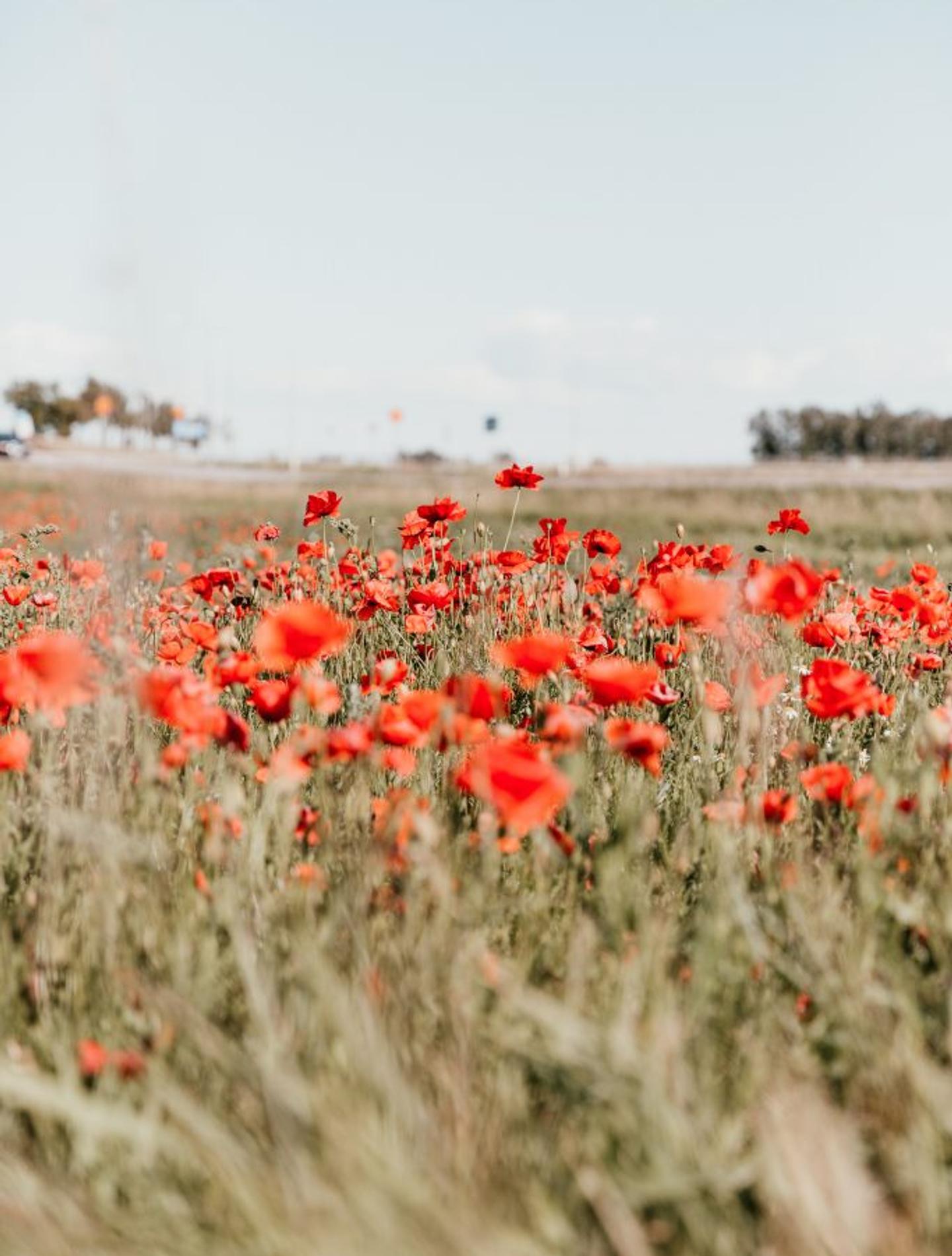
How to Grow Poppies
The poppy is an ancient flowering plant that has been long desired by gardeners. While their summer flowers may be fleeting, they will make an outstandingly beautiful addition to your garden throughout the months of May and June.
The most popular blooms to grow are oriental poppies. They contain hairy stems and foliage and their petals can be ruffled, crimped, or a bit shaggy, ranging in color from white, pink, purple, and red. They usually will measure about 15 centimeters across.
Some other popular varieties include:
- field poppy (Papaver rhoeas)
- opium poppy (Papaver somniferum)
Most varieties of poppy will thrive in moist yet well-draining soil in full sun. Field poppies and opium poppies will put up with drier, less fruitful soil. Conversely, Himalayan poppies prefer moist, slightly acidic soil and partial shade.
Larger perennial oriental poppies are perfect for growing in a border, and will flower in May and June. Once the flowers are finished blooming, however, the foliage will also die. Don’t fret! The foliage will hit a second wind of life in August. Plant these larger blooms along with low-growing perennials, such as geraniums, to fill the gap in July when the foliage dies back.
Annual poppy seeds should be well-sown on prepared ground. Be sure to take any precautionary steps to keep the birds away from the seeds during germination.
The ideal time to plant poppies would be in the springtime, particularly if you’re looking to plant oriental and Himalayan poppies.
Dig a hole for planting and add in some well-rotted organic matter. Remove the plant from its pot and place it in the hole to match the depth of its pot. Fill the hole back up with soil and water well!
Annual and biennial poppies are usually grown from a seed and should be sown directly onto prepared soil. To prepare your soil, remove any weeds, and rake the ground until it is level. Water the soil with a fine spray of water and then scatter the seeds. Sow your poppy seeds in the spring, early summer, or autumn. [6]
DID YOU KNOW - Poppy Fun Fact
Poppies have lobed or dissected leaves, milky sap, often nodding buds on solitary stalks. [5]
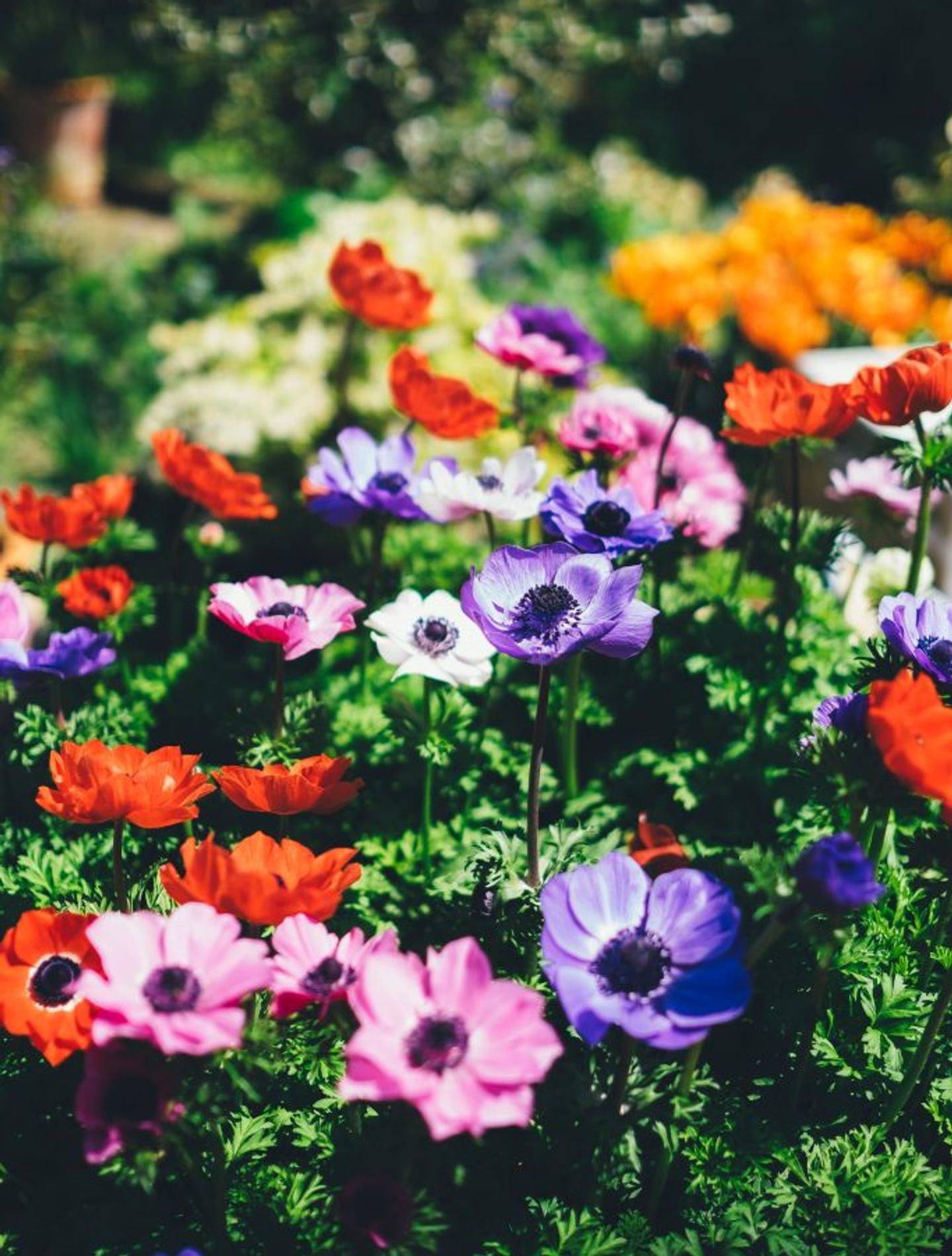
How to Care for Poppies
Now onto how you should care for your newly grown poppies!
Annual poppies are actually quite easy to care for. No need to stake or deadhead your plants, just let them do their thing! They will flower and seed all on their own! Once the flowers have faded and the seeds have been released, all you need to do is pull up the plants and add them to your compost. Be sure to shake out your poppies over the planting site after pulling them out of the ground to release any stubborn seeds that were not released by the plant.
Oriental poppies support their large flowers on hardy fuzzy stems. They may require a bit of extra support to keep their heads held high and remain upright. Your blooms will last about 10 days, but the plants will have a second round of blooms if they are cut back. Try and prevent your oriental poppies from setting seed as this will reduce the amount of energy they have to produce their second round of flowers.
Himalayan poppies will also require staking and deadheading. Cut back your plants to ground level in the autumn and mulch them with compost, leaf mold, or bark chippings in either the fall or spring. [6]
Pro Tip: Feed your annual poppies monthly with a liquid plant food during the summertime to help increase flowering!
Water your perennial poppies such as orientals well during their first year of life whenever the weather is dry. In subsequent years, watering during prolonged dry periods may be needed to keep your blooms in tip-top shape.
When caring for cut poppies, keep in mind that these blooms have a sap that seals off the ends so they can retain moisture. Keep your cut flowers in a bucket of cool water immediately after clipping and move them to a dark space away from bright sun or breezy drafts. Think of these blooms as the Mr. Woodhouse of cut flowers. (Any Jane Austen fans in the house?) Poppies are incredibly sensitive to cold drafts and will be very susceptible to dramatic changes in temperature or strong breezes.
Let your poppies rest for about eight hours. Then cut the stems to their desired length and remove any extra leaves. Dip them into a just-boiled pot of water to seal the stems once again. [7]
When to Send Poppies as a Gift
Poppies can be given as a gift for a many different reasons and occasions! Give them to a loved one in mourning, particularly for the passing of a soldier or veteran. Give to encourage better sleep for those experiencing insomnia. To remember the dead, leave a bundle of poppies on a grave-stone or tomb. Send a sign of love or romantic interest to a spouse or special someone, or if you are looking to create an atmosphere of luxury for any event! [2]

References:
- 1 - Preraphaelite Sisterhood
- 2 - Flower Meaning
- 3 - Cottage Life
- 4 - Earth.com
- 5 - Just Fun Facts
- 6 - Gardener’s World
- 7 - Gardenista
- 8 - Nature’s Garden
Flower Meanings — keep discovering
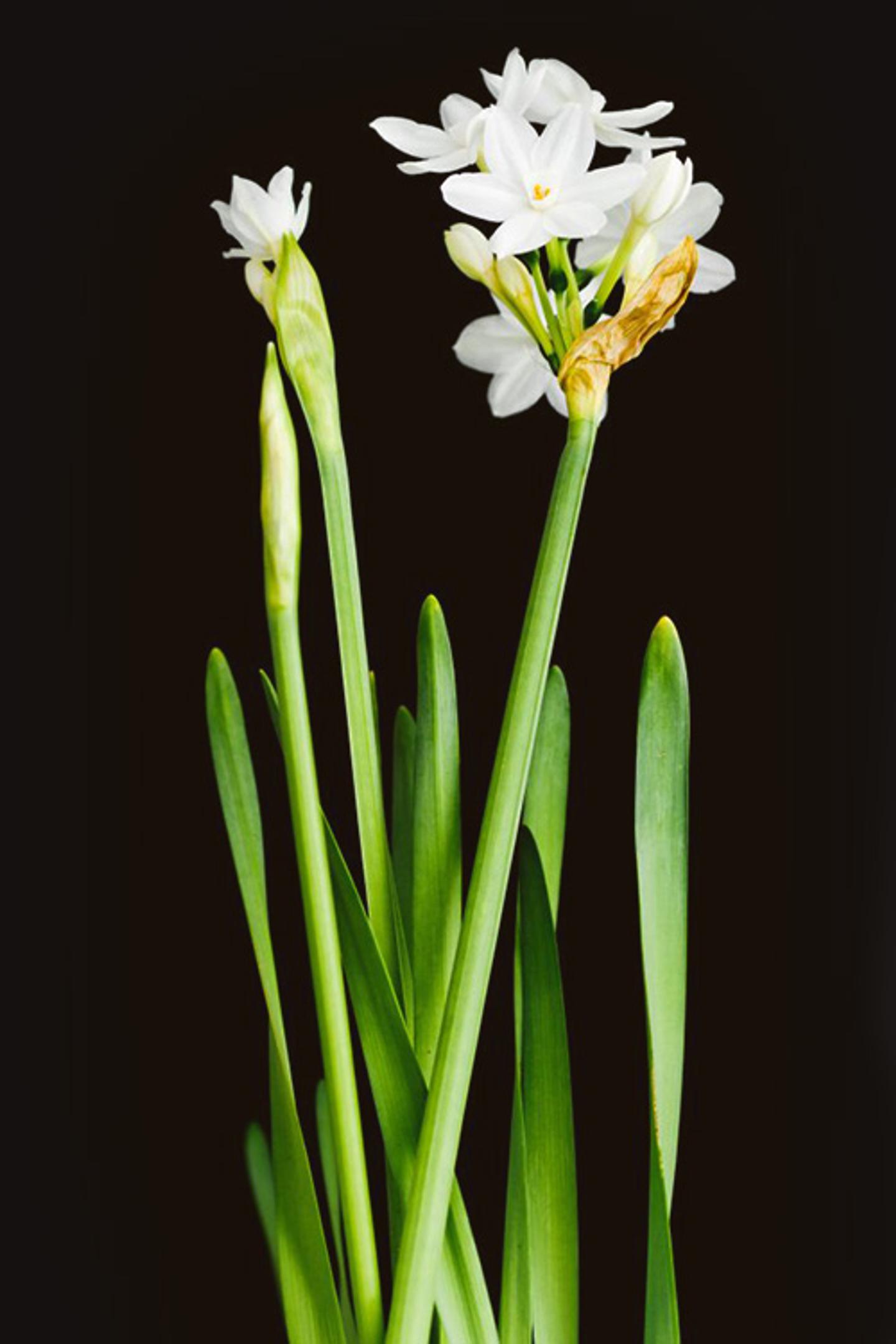
Narcissus
A symbol of faithfulness, good wishes, and respect, Paperwhite narcissus blooms in the winter, making it the perfect birth month flower for December.
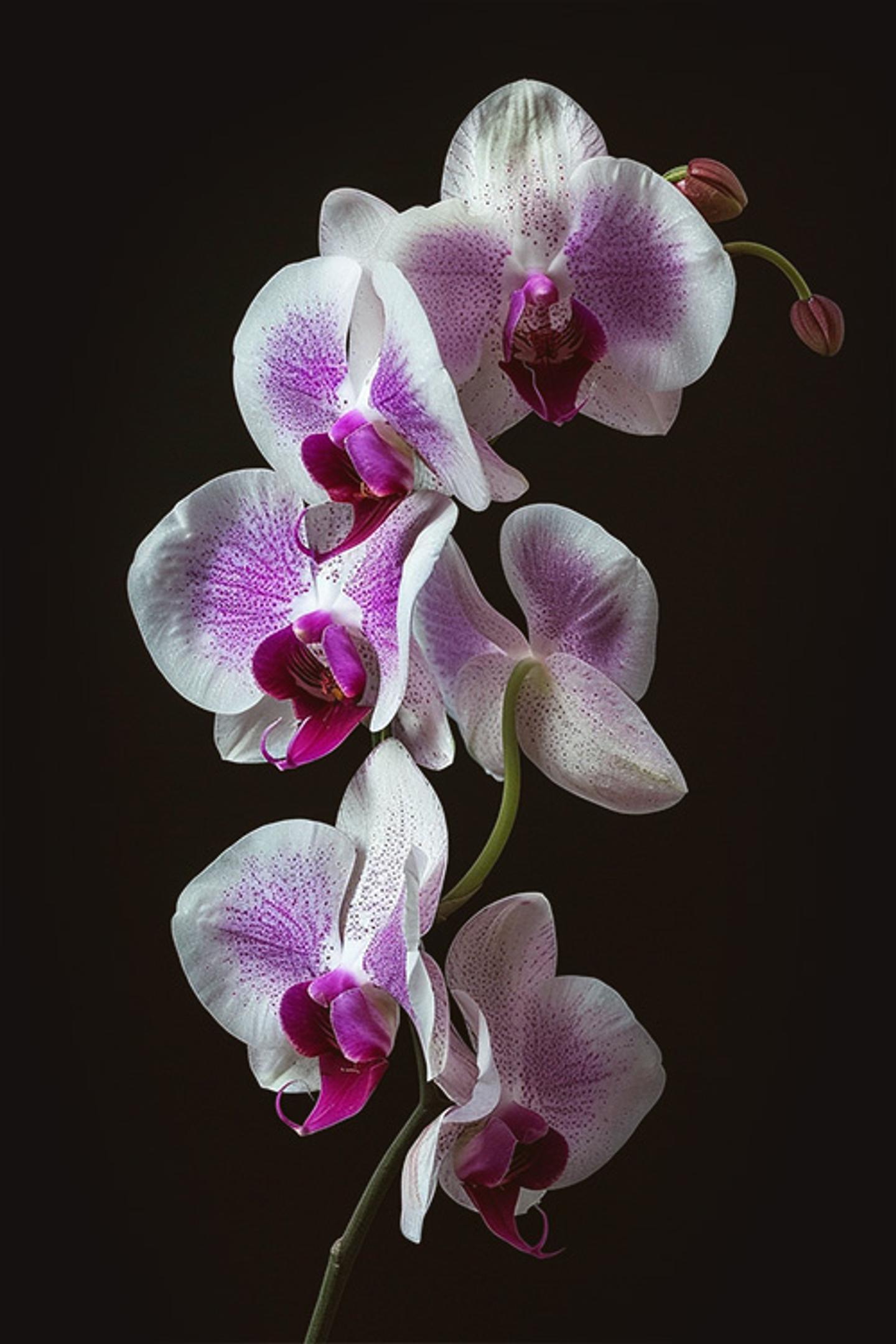
Orchid
As one of the oldest flowering plants and with over 200,000 different species, the history and symbolism behind these ancient blooms will blow your mind.
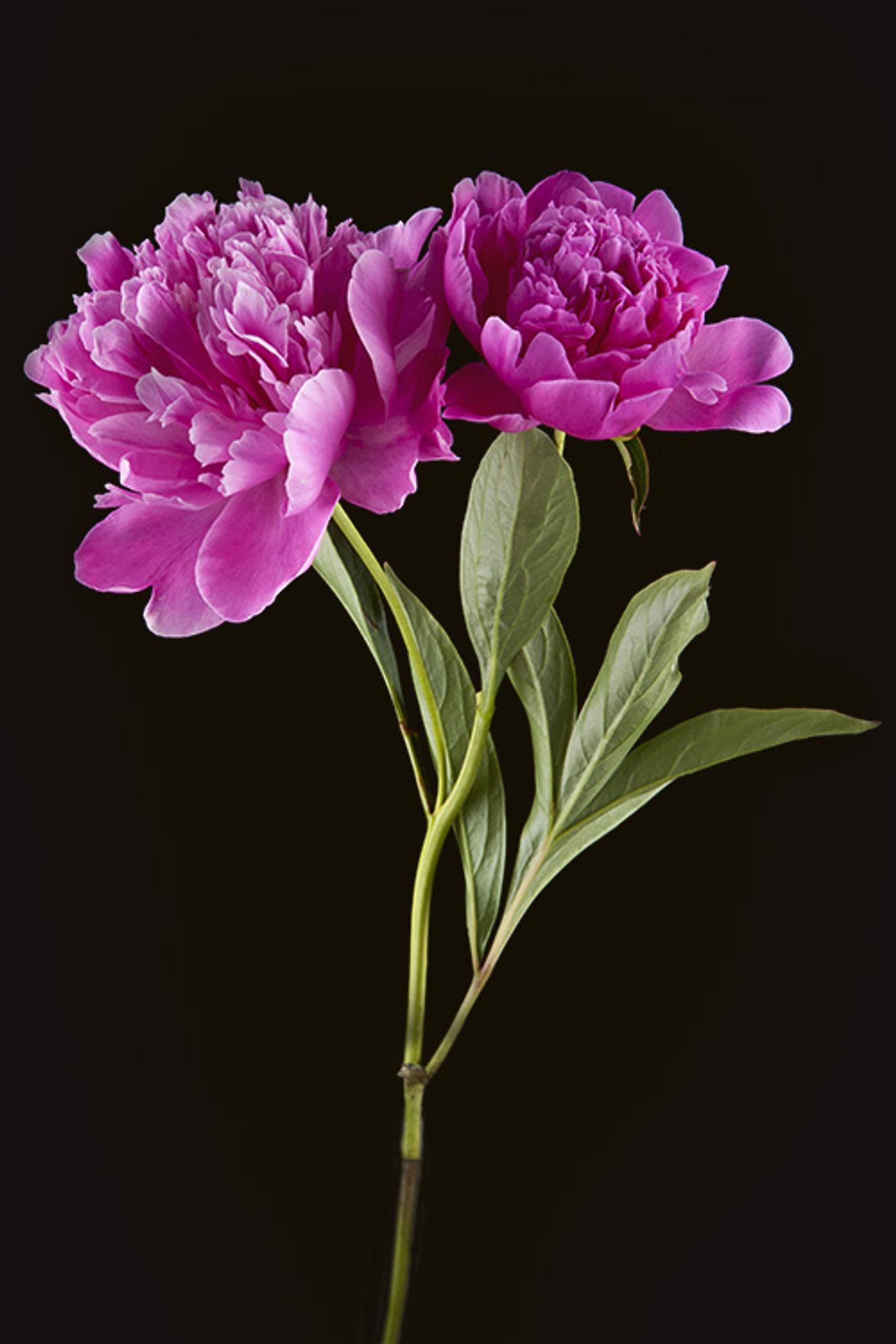
Peony
It’s plain to see the sheer beauty of the peony, and if you’ve ever gotten up close and personal with one, there’s no denying that their beauty pairs nicely with their enticing, floral fragrance that we just can’t seem to get enough of. If you thought the peony couldn’t possibly contain any more sophisticated beauty, you thought wrong!
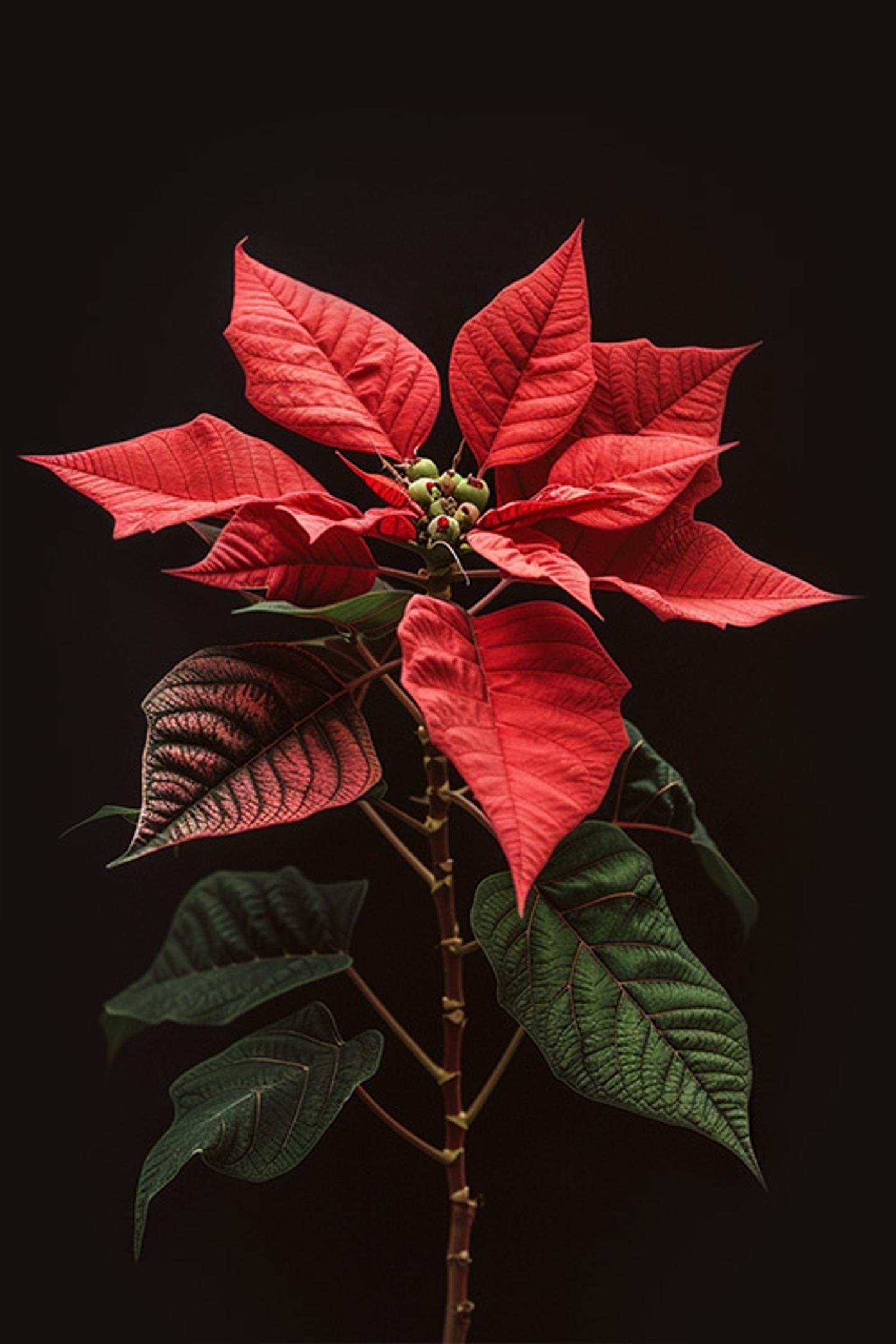
Poinsettia
The ultimate holiday plant – Poinsettia in the house! Known for its classic red and green foliage, these beautiful red blooms are frequently used in Christmas floral arrangements, churches, and commonly given as gifts throughout the holiday season!

Narcissus
A symbol of faithfulness, good wishes, and respect, Paperwhite narcissus blooms in the winter, making it the perfect birth month flower for December.

Orchid
As one of the oldest flowering plants and with over 200,000 different species, the history and symbolism behind these ancient blooms will blow your mind.

Peony
It’s plain to see the sheer beauty of the peony, and if you’ve ever gotten up close and personal with one, there’s no denying that their beauty pairs nicely with their enticing, floral fragrance that we just can’t seem to get enough of. If you thought the peony couldn’t possibly contain any more sophisticated beauty, you thought wrong!

Poinsettia
The ultimate holiday plant – Poinsettia in the house! Known for its classic red and green foliage, these beautiful red blooms are frequently used in Christmas floral arrangements, churches, and commonly given as gifts throughout the holiday season!
Ready to send beautiful flowers?
Our guided experience helps you send a one-of-a-kind arrangement perfect for every occasion.
Send Flowers